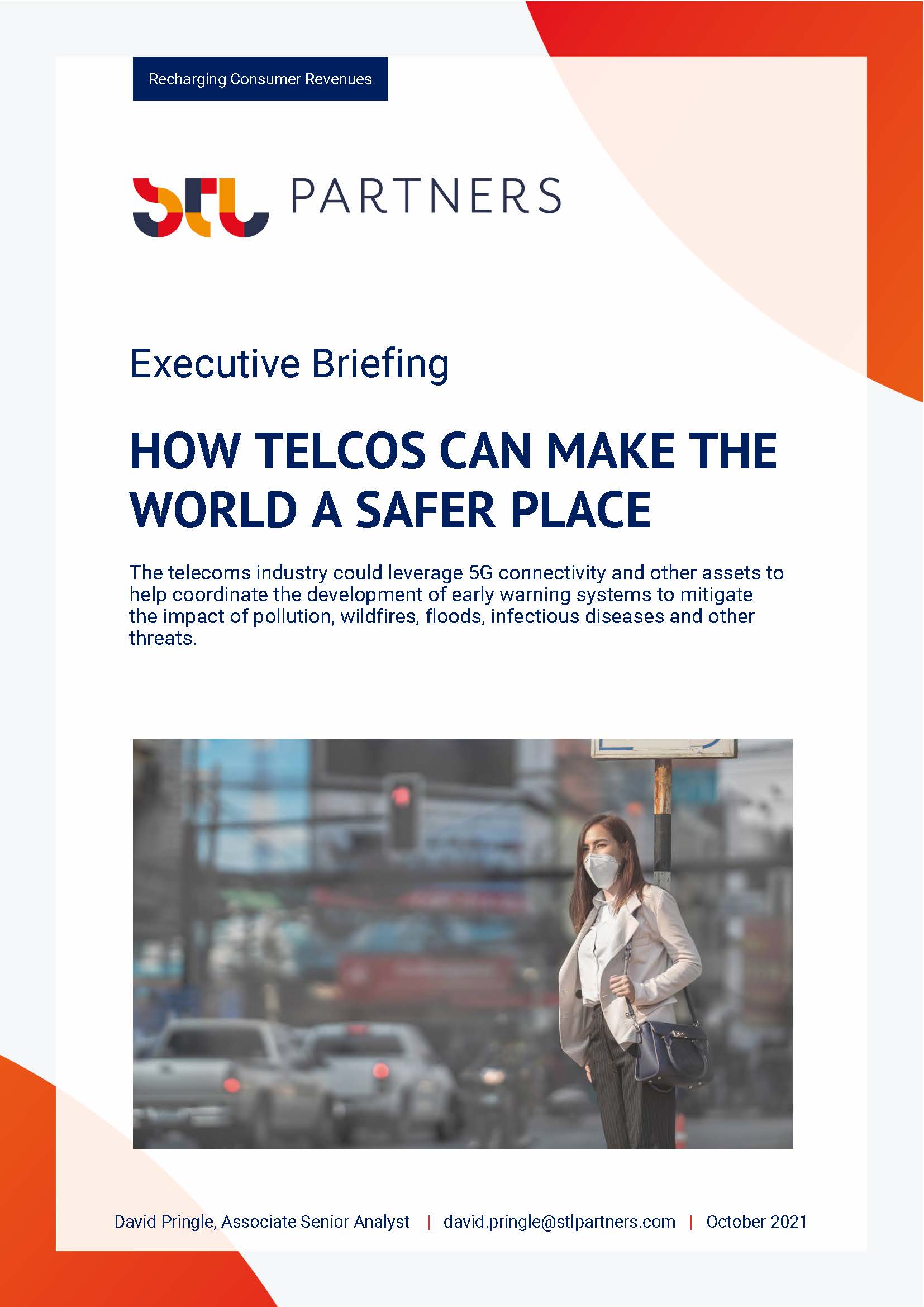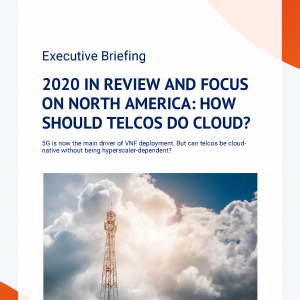How telcos can make the world a safer place
Original price was: £3,000.00.£1,000.00Current price is: £1,000.00. excl VAT
With the rollout of 5G, the telecoms industry could coordinate the development of early warning systems to mitigate the impact of pollution, wildfires, floods, infectious diseases and other threats.
Description
Format: PDF filePages: 49 pagesCharts: 13Author: David PringlePublication Date: October 2021
Table of Contents
- Executive Summary
- Introduction
- Managing an unstable world
- Monitoring air quality
- Exploiting existing cellular infrastructure
- Is mobile network data enough?
- Smart lampposts to play a broad role
- The economics of connecting environmental sensors
- Sensors in the sky
- Natural disasters
- Spotting wildfires early
- Earthquake alert systems
- Crowdsourcing data
- Infectious diseases
- On street security
- Conclusions – the opportunities for telcos
- Ecosystem coordination – kickstarting the market
- Devices – finding the right locations
- Network – reliable, low cost connectivity
- Data platform
- Applications
- Index
Table of Figures
- Figure 1: How cellular connectivity can help to improve public safety
- Figure 2: Global gains in life expectancy are slowing down
- Figure 3: Some large countries still don’t systematically monitor air quality
- Figure 4: BT’s next generation Street Hubs are equipped with pollution sensors
- Figure 5: FET’s streetlight monitoring service tracks power consumption
- Figure 6: How a lamppost can be upgraded to support multiple services
- Figure 7: Singapore’s lamppost-as-a-platform concept
- Figure 8: Natural disasters are taking an increasing economic toll
- Figure 9: NetOP’s Forest Capsule can be integrated with various forms of connectivity
- Figure 10: Breezometer is adding data on wildfires to its air quality app
- Figure 11: There is a strong correlation between wearables data and Covid-19 cases
- Figure 12: Connected sensors & cameras used to monitor for accidents or bad driving
- Figure 13: Telco suitability for specific market roles
Companies: BT, Deutsche Telekom, Dryad Networks, Google, FireWatch, LG Uplus, Magenta Telecom, MEC, SK Telekom, Telefonica, Vodafone
Keywords: 5G, AI, Air Map Korea, air quality, analytics, artificial intelligence, ASTUTI network, BreezoMeter, BT, crowd density, Crowdsourcing, Deutsche Telekom, disaster prevention, drones, Dryad Networks, early-warning systems, ecosystems, edge, Environmental Defense Fund, environmental sensors, Everimpact, Everyair, extreme weather, Far EasTone, google, Government, health and safety, Illumination Technologies, infectious disease, insurance, Internet of Things, IQ FireWatch, KT, lamppost-as-a-platform, LG Uplus, LoRa wide area network, LoRaWAN, Machine Learning, Magenta Telecom, MEC, municipalities, natural disasters, OpenAQ, pandemic, pollution, public safety, real-time alerts, search and rescue, security cameras, ShakeAlert, SK Telekom, Smart AirQ, smart lampposts, surveillance, Telefonica, Thryve, Vantiq, Vodafone, wearables, wildfires


